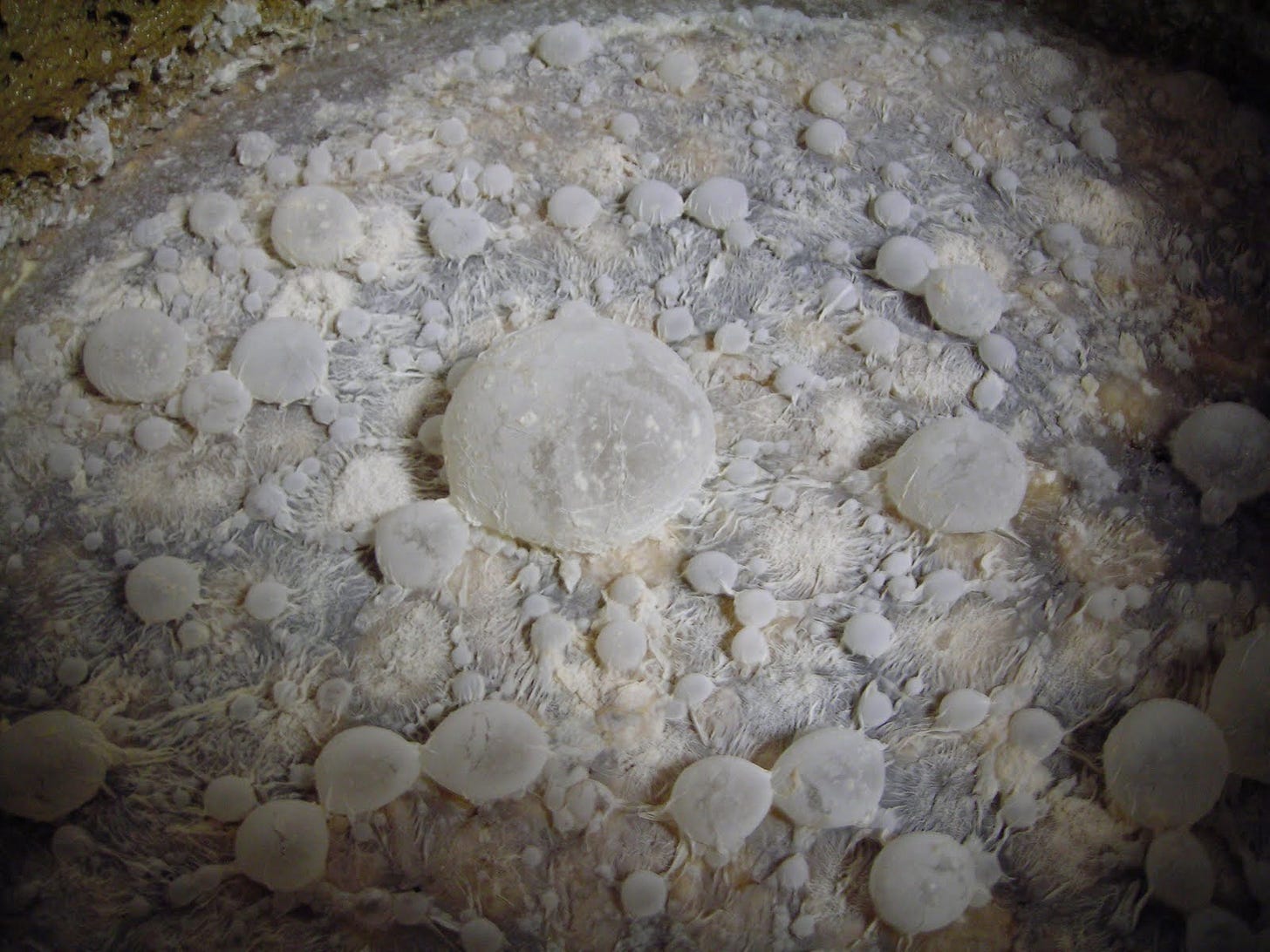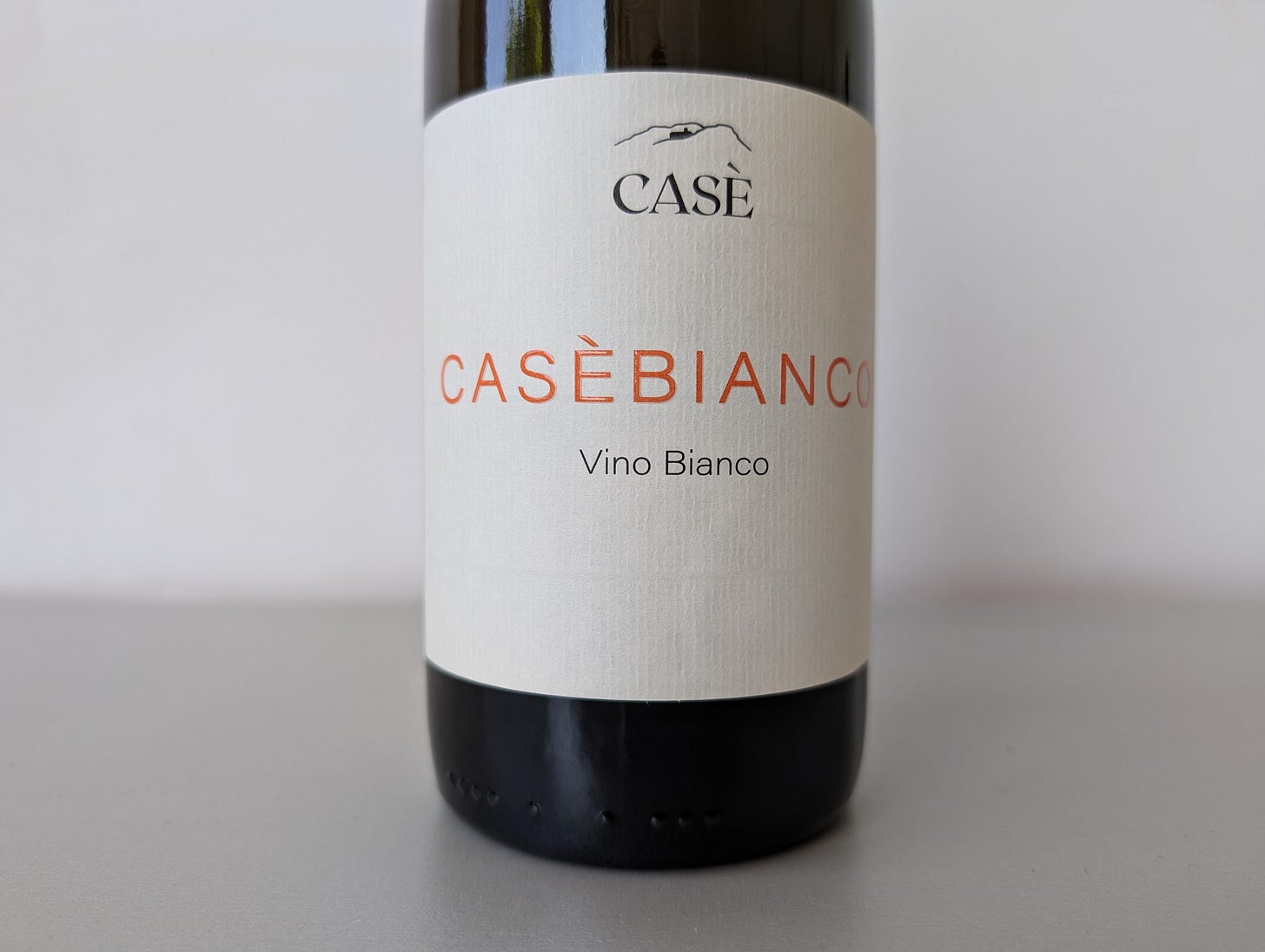The Yeasts are Alive with the Taste of Terroir
Wine geeks wax lyrical about soil and climate. But there's something with a much bigger influence.
Terroir might be the most overused word in wine. Just like its close competitors minerality and sapidity, the definition is vague and hard to pin down. This makes it rife for indiscriminate deployment in tasting notes, marketing blurb and serious essays alike.
We’re often told that terroir represents all the major natural factors that influence wine - climate, soil, vineyard aspect, grape varieties and so on. Some would add elements such as winemaking tradition and the winemaker themselves. For example, in Bordeaux it’s traditional to age red blends for a few years in oak barrels before bottling and releasing the wine. In Jerez, ageing white wines under flor has been the custom for centuries. And so on.
The authors of the terroir entry in the Oxford Companion to Wine, John Gladstones, Richard Smart and Cornelis (Kees) Van Leeuwen, presumably wouldn’t agree about these inclusions. They state that “An essential notion of terroir is that all its components are natural, and that they cannot be significantly influenced by management.” But their definition fails to mention the most fundamental and natural element of all.
Without yeasts and fermentation, there would be no wine.
Anyone who has ever eaten a fresh grape knows that fermentation changes everything. Yeasts create flavours, aromas and textures that did not exist in the raw material. The yeast strains and other fermentation parameters exert a massive influence. Cool fermentations create fruit-forward, esthery flavours, hot fermentations take things in a more stewed or savoury direction. Wild yeasts create a panoply of aromas and flavours before they die off and let Saccharomyces cerevisiae finish the job. Selected yeasts can be purchased based on their aroma characteristics. Want your Sauvignon Blanc to have those pumped up thiols? There’s a yeast for that. And for just about anything else you can dream up.
I was challenged on this last weekend, when I presented a masterclass on wild fermentation in wine to a room full of beer brewers and geeks. It’s refreshing and stimulating talking to a beer crowd, because they tend to be a lot less romantic and a whole lot more technical than their equivalent wine colleagues.
After I spent 45 minutes comparing wild and cultured yeasts and their effect on wine, one of the participants asked “how important do you think yeast is compared with grape variety or soil? - because people in the wine world always talk much more about those.” Thinking about it, I replied that yeast is probably equally important to any of the so called terroir factors. But I suspect that much of the wine industry is in denial about this. Especially those who feel that selected (lab) yeasts make some sort of sense for high-end wines that express sense of place.
Selected yeasts to me are the antithesis of terroir, because they involve nuking the vineyard’s indigenous yeasts that were clinging to the grapes to replace them with a single, laboratory-isolated culture. The wild yeasts either on the bloom of the grapes or living in the winery itself will vary from year to year and from region to region. So they surely qualify for a seat at the terroir table.
The counter-argument runs that a wild fermentation allows all kinds of unwanted and potentially damaging spoilage yeasts and bacteria to change the course of vinification. And pretty soon, public wine enemy number one - Brettanomyces - gets dragged into the crossfire.
Brettanomyces is a large family of yeast strains beloved of beer brewers but feared by winemakers - and by extension critics, writers and other assorted pundits. In beer, Brettanomyces can create delicate floral and herbal aromas and sourness. It’s specifically sought out (and these days inoculated) in traditional styles such as Belgian lambics and gueze. Berliner Weisse, a German sour style with an equally long history, also relies on brett.
But Brettanomyces in wine, so we are told, masks fruit expression and creates barnyard, animal and medicinal flavours that no right thinking person should enjoy. This view probably comes from brett’s most common manifestation in wine: the yeast can create a number of different flavour compounds, but the two most common ones in reds are 4-ethyl phenol (4EP) and 4-ethyl guaiacol (4EG). Their combined smoky, spicy animalistic payload is probably what most imagine to be a ‘bretty’ wine.
I presented a favourite orange wine in my masterclass, Casè’s delightful Casè Bianco 2022, from the Colli Piacentini sub-region in the north of Emilia-Romagna. This for me is the epitome of a terroir wine (if such a thing really exists). It’s a traditional blend of local white varieties plus a couple of invaders with a long history in the region: Malvasia di Candia Aromatica, Ortrugo, Marsanne, Moscato and Sauvignon Blanc. The blend is skin fermented for a few weeks, as it was always was in this region. A clutch of growers (La Stoppa, Denavolo, Croci, Vino del Poggio to name a few) in the region make similar blends, and the style is recognisable and consistent.
For me, the character of skin-fermented Malvasia di Candia Aromatica is distinctive with its iodine-tinged, dried-flower and herb perfume. I’ve shown similiar wines in professional tastings before, and someone usually sticks their hand up and protests that the wine is ‘bretty’. I used to vigorously deny this, insisting that the aromas were a characteristic of grape variety, region and treatment - in other words, terroir.
I knew it would be futile to make such claims in front of a crowd of beer brewers. So I asked the audience if they felt that the nose of Casè’s wine owed any of its beautiful aromas to brett. The answer was an instant and resounding yes. And it made sense. Casè Bianco doesn’t smell of barnyard, sticking plaster or clove, but it does have telltale lifted floral and citrus notes reminiscent of some Belgian sour beers.
Responding to my riff on the wine world’s hatred of brett, a lady in the audience asked disarmingly “why wouldn’t you consider Brettanomyces to be a part of your terroir?”
I guess it was a rhetorical question. And she was right.






Just to keep things conceptually well-organized, I would advocate that cellar populations, being by definition not part of the vineyard environment, not be counted as part of terroir. And vineyard yeast populations – which are of particular interest since they include strains that have major aromatic influence prior to dying-off as alcohol rises and the Saccharomyces genus of yeasts takes over – should be considered part of terroir to the extent that they prove to be associated with a given site from one year to the next, and considered part of vintage if they vary significantly according to the weather in any given year.
Yeast specialist Matthew Goddard has demonstrated that yeasts on incoming grapes would be sufficient to complete fermentation absent any cellar population. But he emphasizes that we are far from identifying efficacious, site-specific, vintage-invariant yeast populations such as could justify being called part of terroir.
Phobia of brett is ridiculous in the same way as is phobia of volatile acidity or oxidation. Because these attributes are inherently bivalent. (A wine in which no oxidation has taken place or one that is free of volatility is going to strike most tasters as boring and far from pleasurable.)
Since Simon has missed an opportunity to do so, permit me to blast the concept one hears and reads continually from those who rely on yeast cultures: “neutral yeast” as in “we utilize a neutral yeast so as not to influence the flavor.” Not to influence the flavor of what? Obviously, fermentation influences the flavor of grape juice otherwise we wouldn’t have wine. And once we have wine, it’s a beverage whose aromas, flavors and textures have been influenced by those yeasts that performed the fermentative labors. The most charitable and plausible interpretation one can place on claims to utilize “neutral yeast” is this: “The particular yeast culture we utilize was not chosen for its ability to bend the resultant aromas in some especially obvious way.”
As long as yeasts are under discussion, it's worth broaching the encouraging topic of non-Saccharomyces strains being less efficient converters of sugar to alcohol, i.e. diverting more carbon down alternate metabolic chains. (Brett, incidentally, metabolize certain sugars that Saccharomyces can't, thus adding very slightly to finished alcohol.) This inefficiency suggests that reliance to the extent possible on vineyard yeasts can be a tool for alcohol reduction. There is a lot of winemaker anecdotal evidence claiming that effect: a plus-plus (first being of course taste per se) for techniques favoring vineyard flora.
And I saw a recent paper, "Evaluation of Non-Saccharomyces Yeasts for the Reduction of Alcohol Content in Wine" that buttresses the claim. (Now, please, all you "naturalists" - don't start clutching your pearls if you Google that title and begin reading ;- ) Yes, the study in question involved inoculation, and it is certainly addressed to a class of vintner that would consider inoculation normal. But consider that in order to generate controlled study of the efficiency of specific yeast strains, one almost by definition of "control" has to inoculate and otherwise manipulate. The results are still relevant to a "natural" environment to the extent that the environment includes the strains under investigation.)